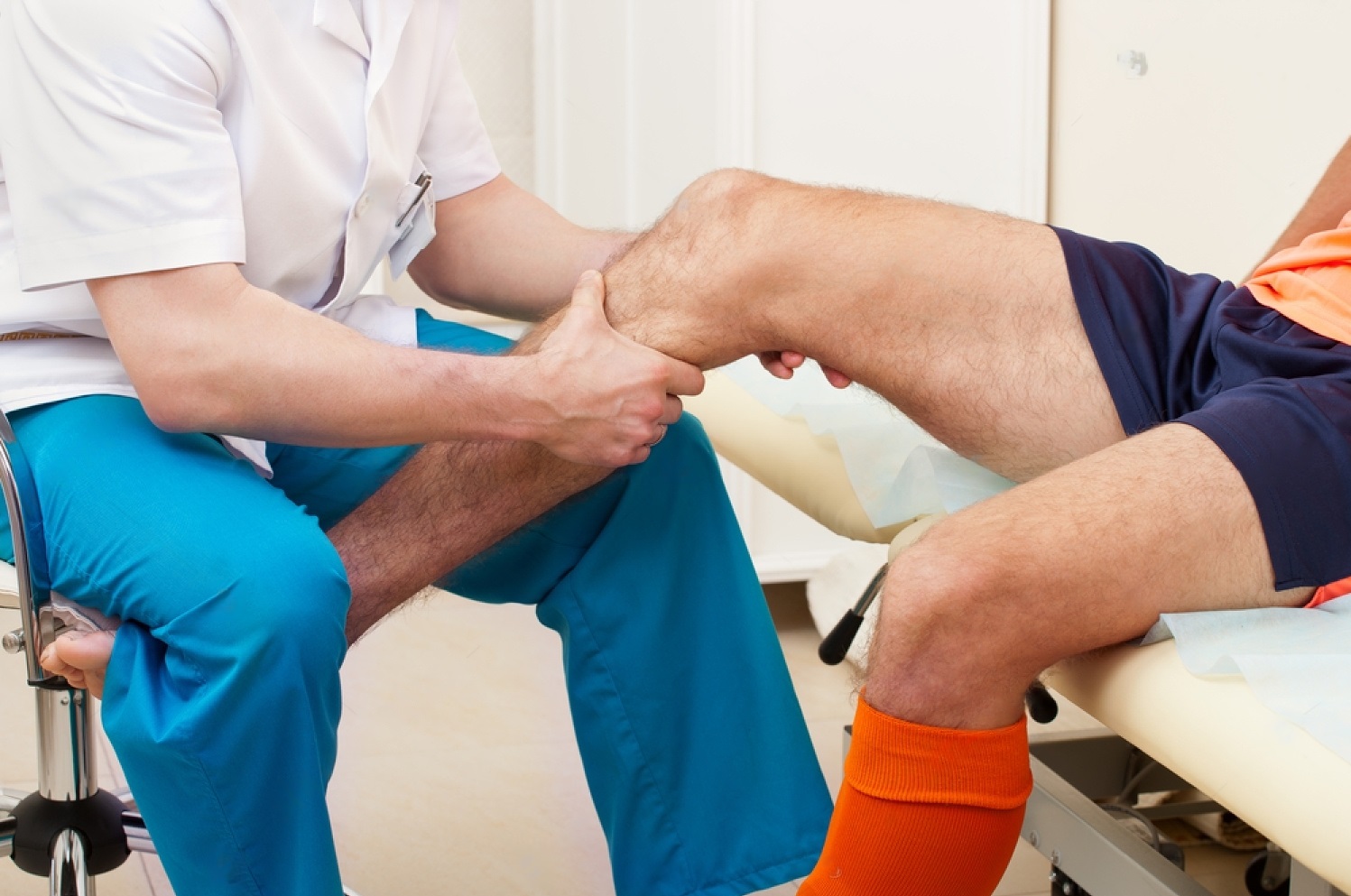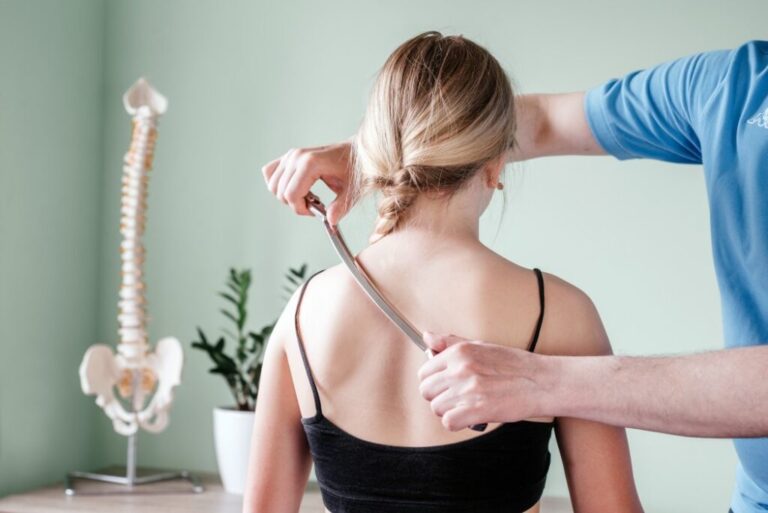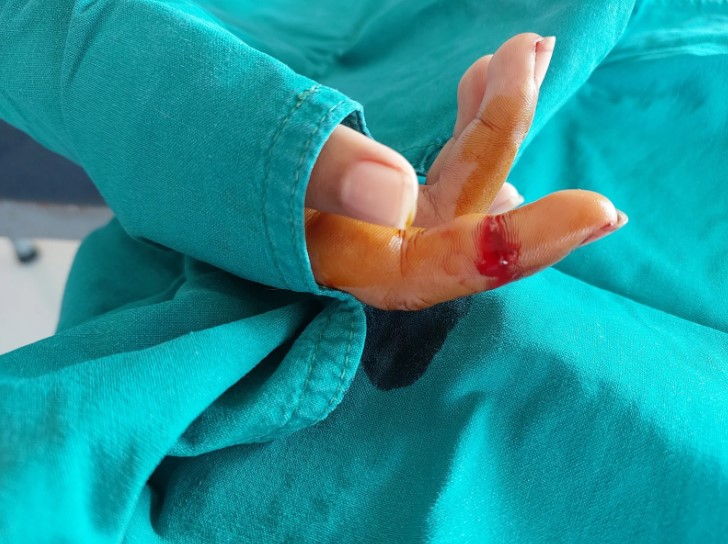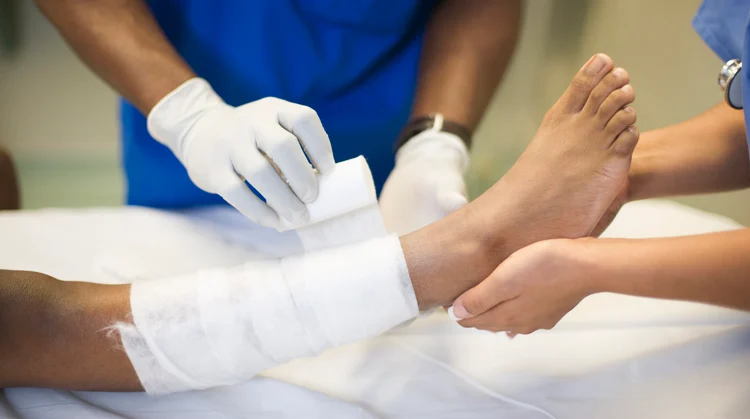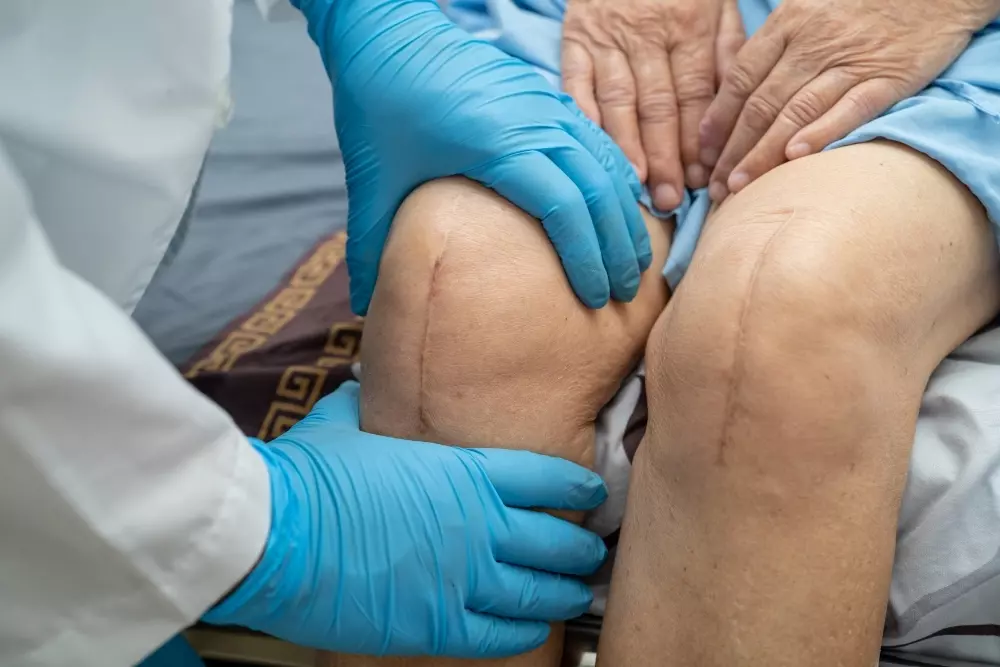Knee pain is a common ailment that can significantly affect one’s quality of life. Whether it’s due to injury, arthritis, or other underlying conditions, managing knee pain is essential for maintaining functionality and mobility. In this blog post, we’ll explore the role of assistive devices recommended by physiotherapists in enhancing functionality and alleviating knee pain.
Understanding Knee Pain
Knee pain can arise from various factors such as injury, overuse, or medical conditions like arthritis. It’s crucial to understand the root cause of knee pain to develop an effective management plan. Physiotherapists play a vital role in assessing the underlying issues contributing to knee pain and designing personalized treatment strategies.
Role of Physiotherapy in Managing Knee Pain
Physiotherapy is an integral part of knee pain management. Physiotherapists employ a range of techniques including exercises, manual therapy, and modalities like ultrasound and electrical stimulation to reduce pain and improve mobility. They also play a crucial role in recommending assistive devices that can enhance functionality and support the healing process.
Assistive Devices for Knee Pain Management
A. Knee Braces
Knee braces are commonly recommended by physiotherapists for knee pain management. They come in various types, including prophylactic braces for injury prevention, functional braces for support during physical activities, and unloader braces for arthritis-related knee pain. Knee braces provide stability to the knee joint, reduce pain, and improve function.
B. Orthotic Inserts
Orthotic inserts, also known as shoe inserts or orthotics, are devices designed to support and align the foot and ankle. Proper foot alignment is crucial for reducing stress on the knee joint and alleviating knee pain. Physiotherapists often recommend orthotic inserts to correct biomechanical abnormalities and improve overall lower limb alignment.
C. Canes and Crutches
Canes and crutches are assistive devices used to offload weight from the affected knee and provide support during walking. They are especially beneficial for individuals with acute knee injuries or post-surgery rehabilitation. Physiotherapists provide guidance on proper cane or crutch usage and adjustment to ensure optimal support and stability.
D. Knee Sleeves and Compression Wraps
Knee sleeves and compression wraps are elastic garments designed to provide compression and support to the knee joint. They help reduce swelling, improve circulation, and provide mild stability during physical activities. Physiotherapists may recommend knee sleeves or compression wraps as adjuncts to other treatments for knee pain management.
Tips for Choosing the Right Assistive Device
When selecting an assistive device for knee pain management, it’s essential to consider factors such as the severity of the knee pain, specific functional limitations, and individual preferences. Consulting with a physiotherapist is crucial for personalized recommendations tailored to your unique needs and goals.
Takeaway
Assistive devices recommended by physiotherapists play a crucial role in enhancing functionality and alleviating knee pain. Whether it’s knee braces, orthotic inserts, canes, crutches, or compression wraps, these devices provide support, stability, and pain relief for individuals with knee pain. By working closely with a physiotherapist for knee pain and incorporating assistive devices into your treatment plan, you can improve mobility, regain independence, and enhance your overall quality of life.

